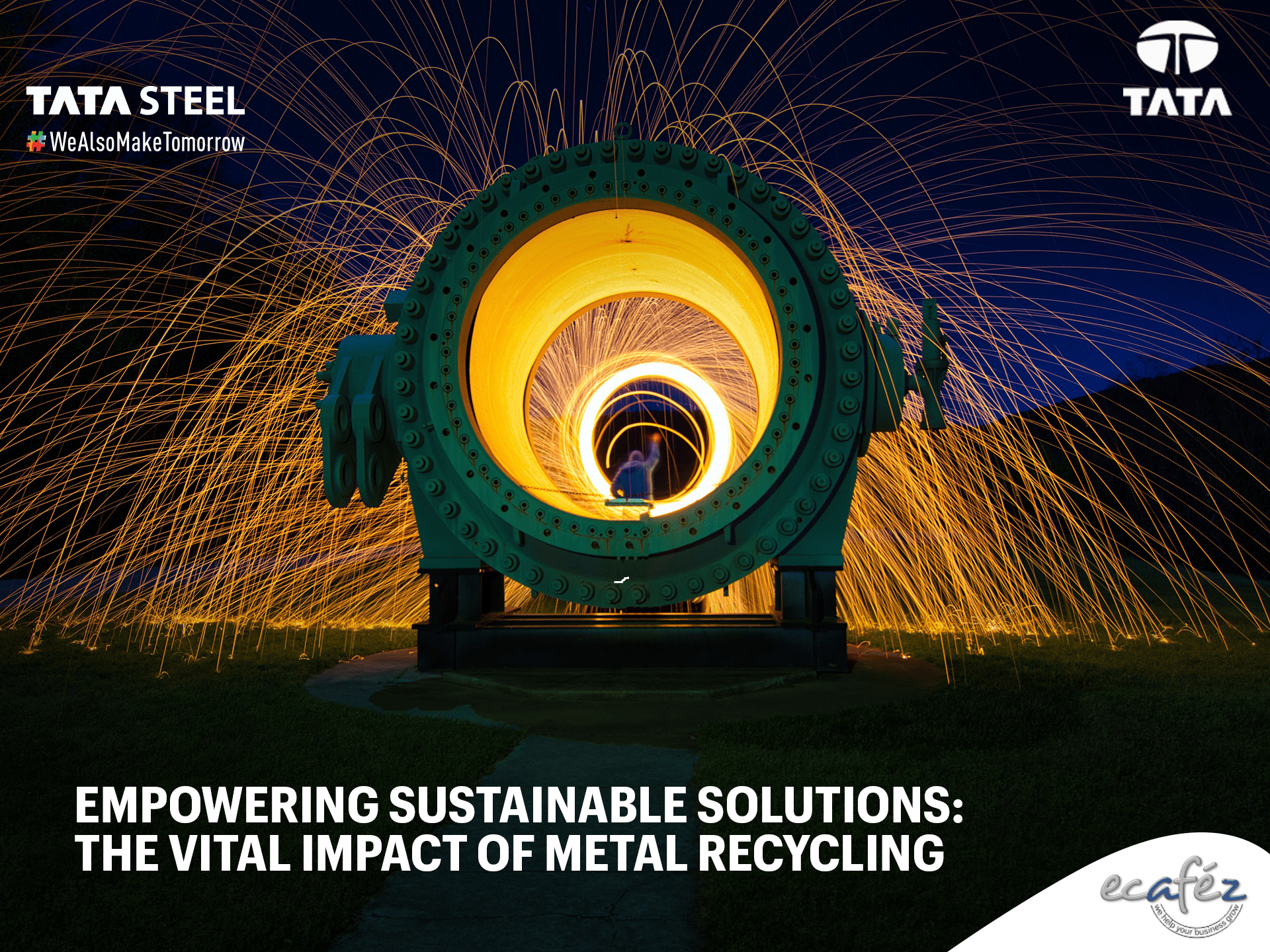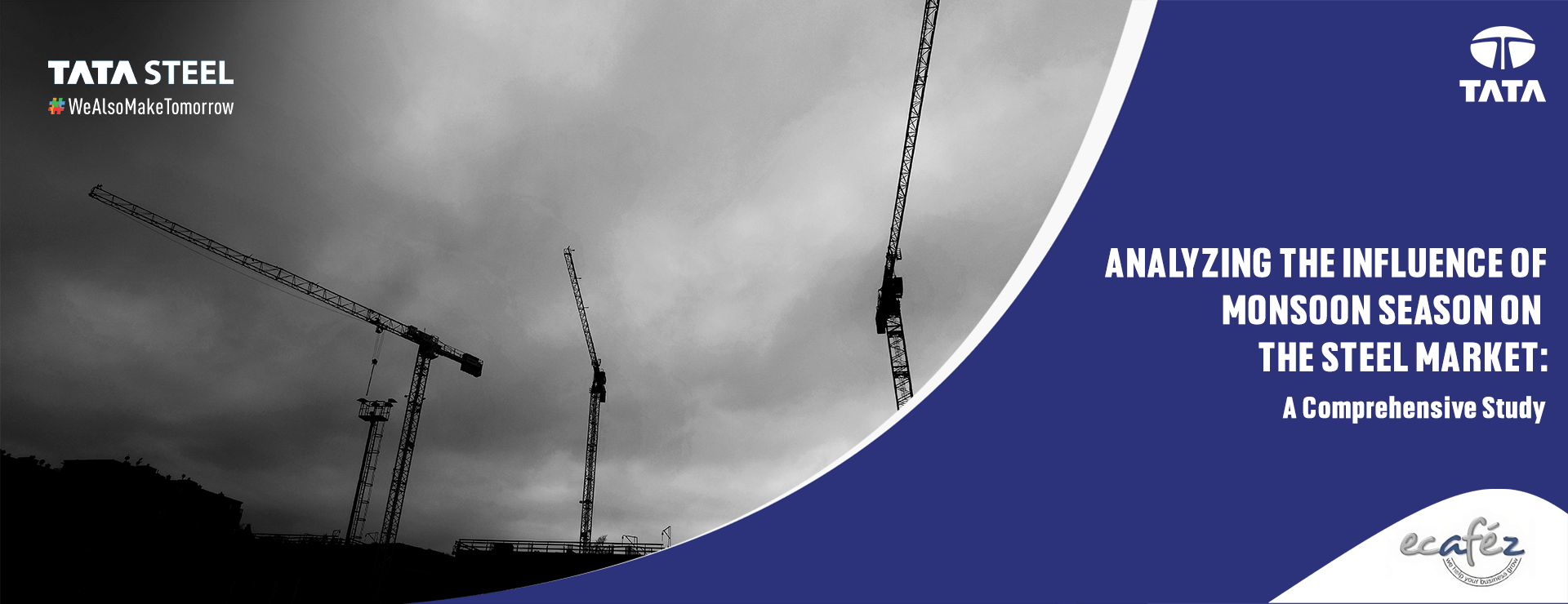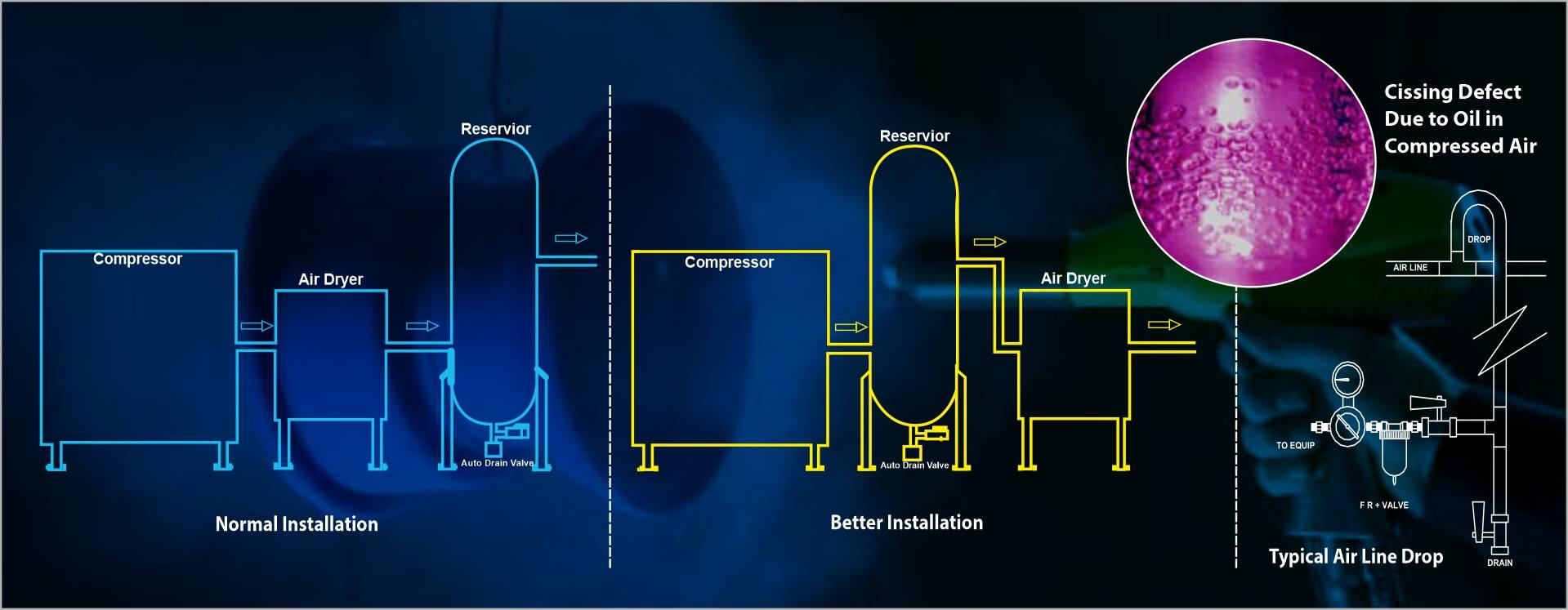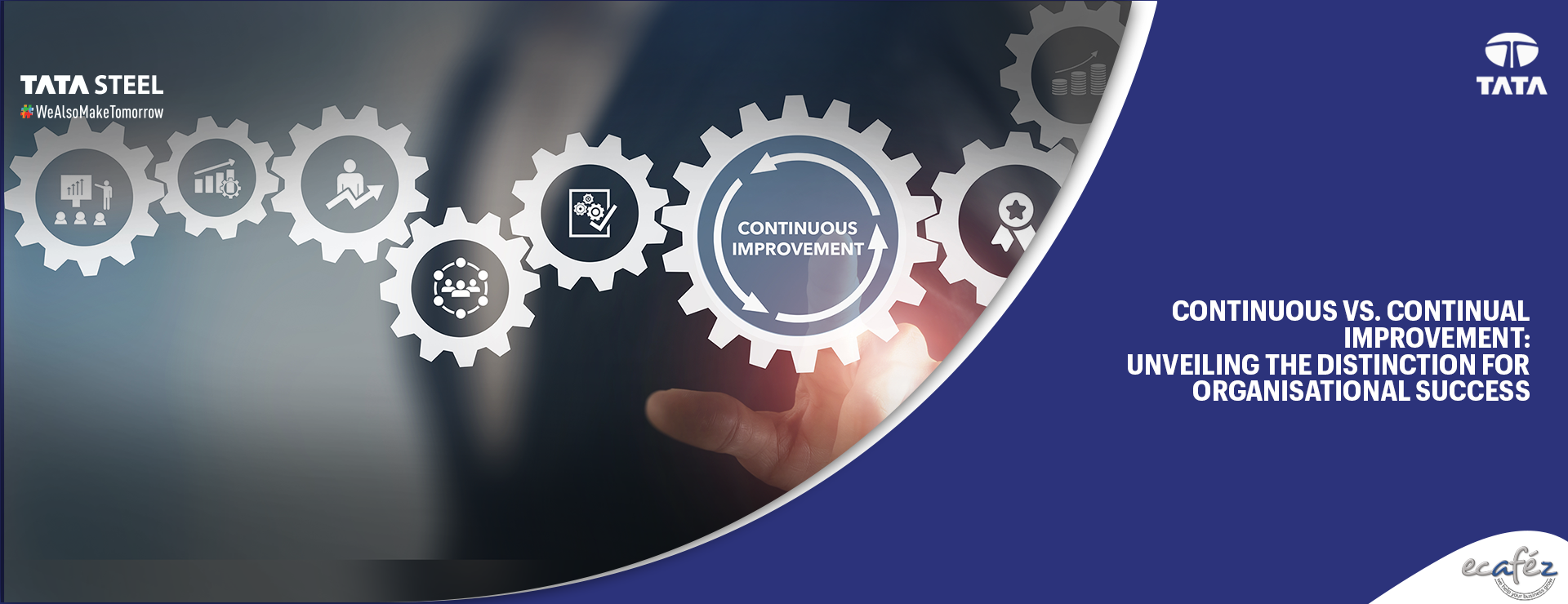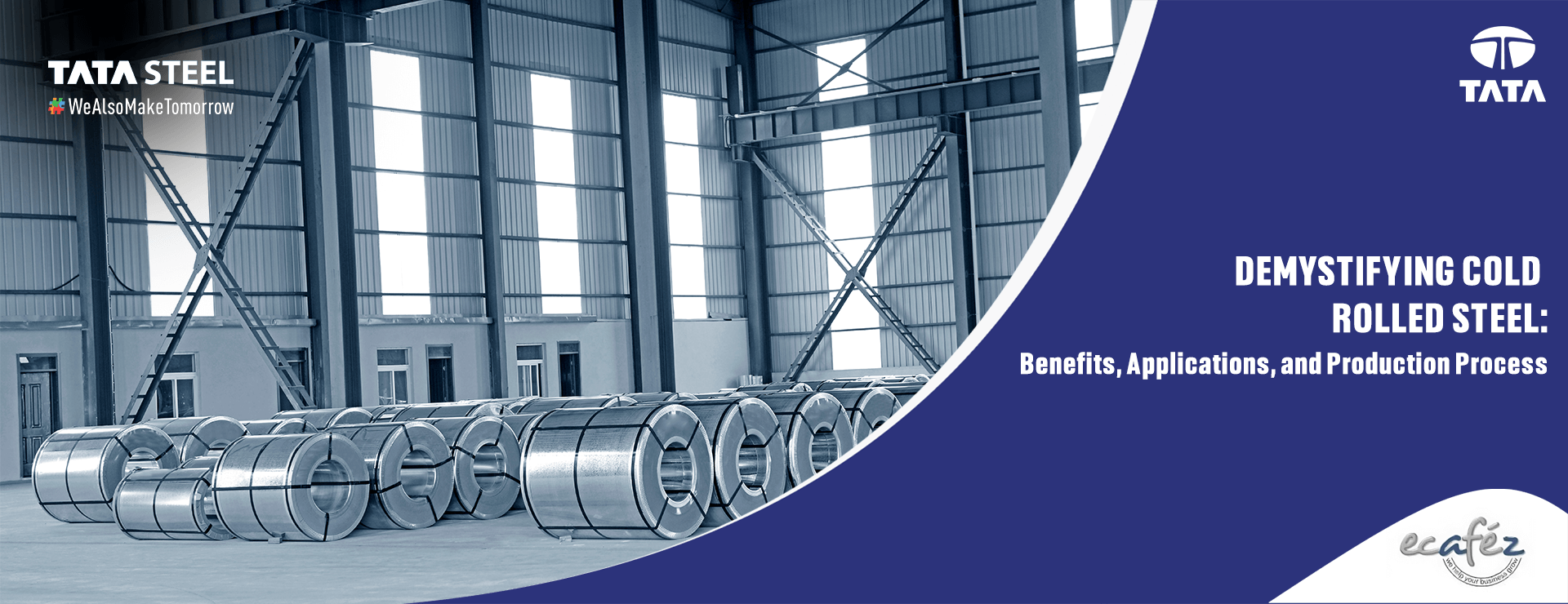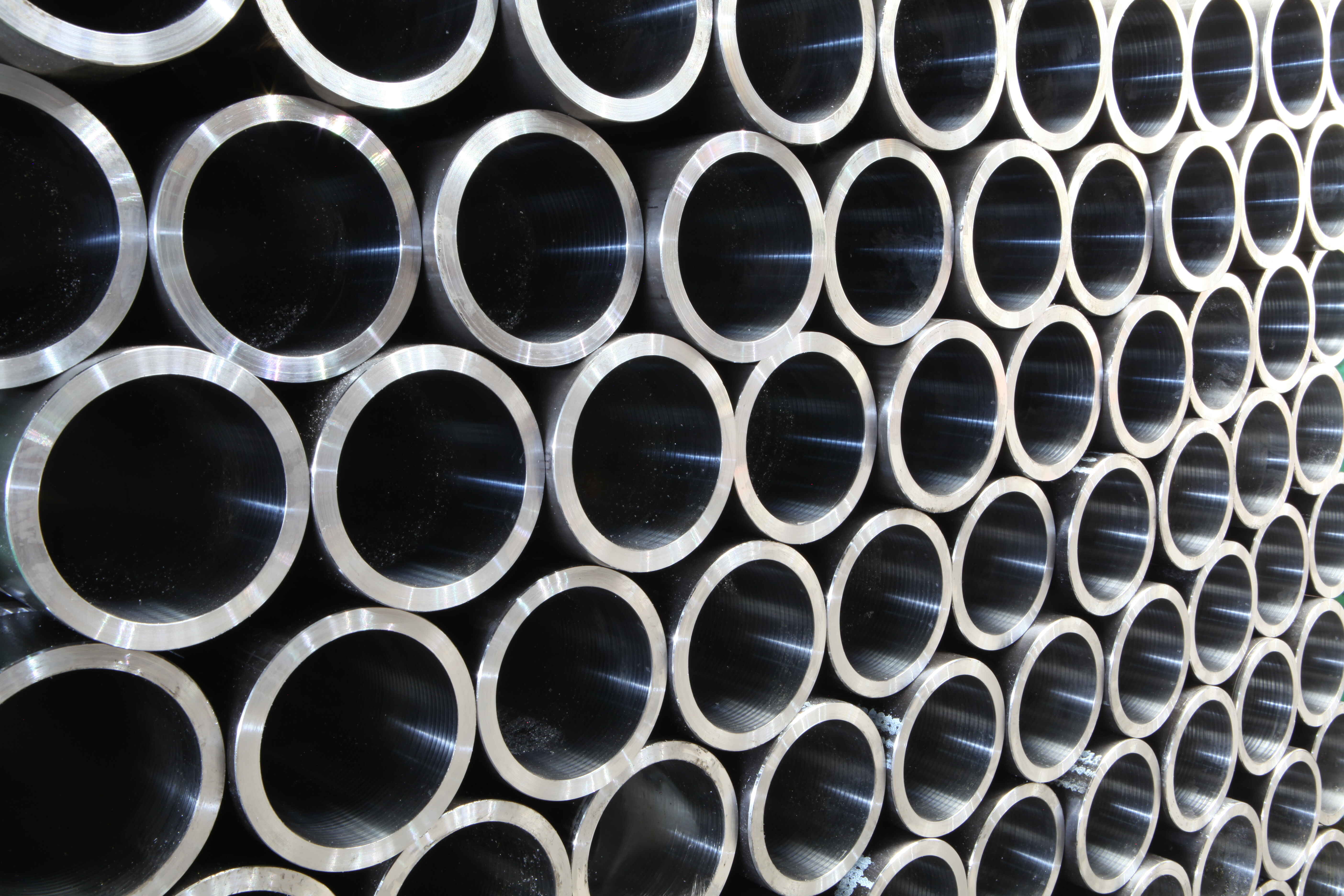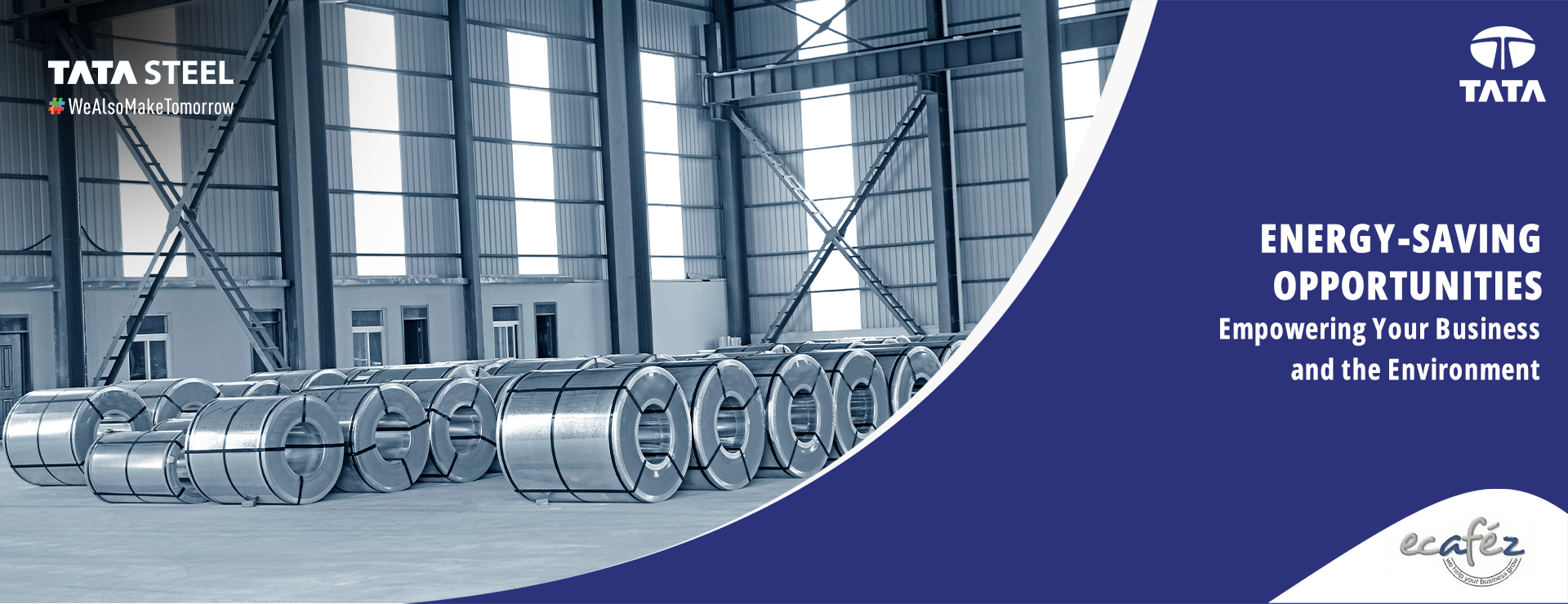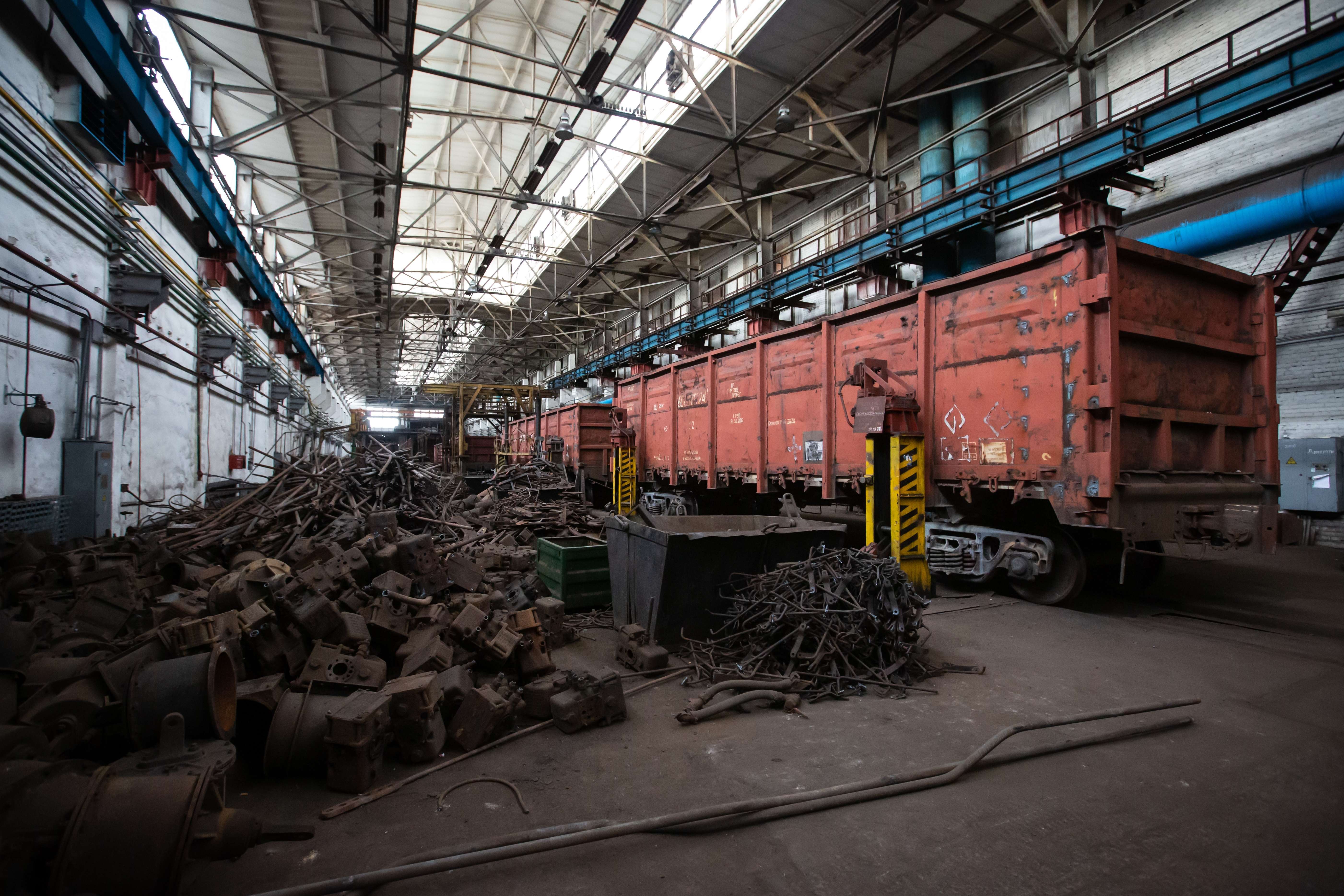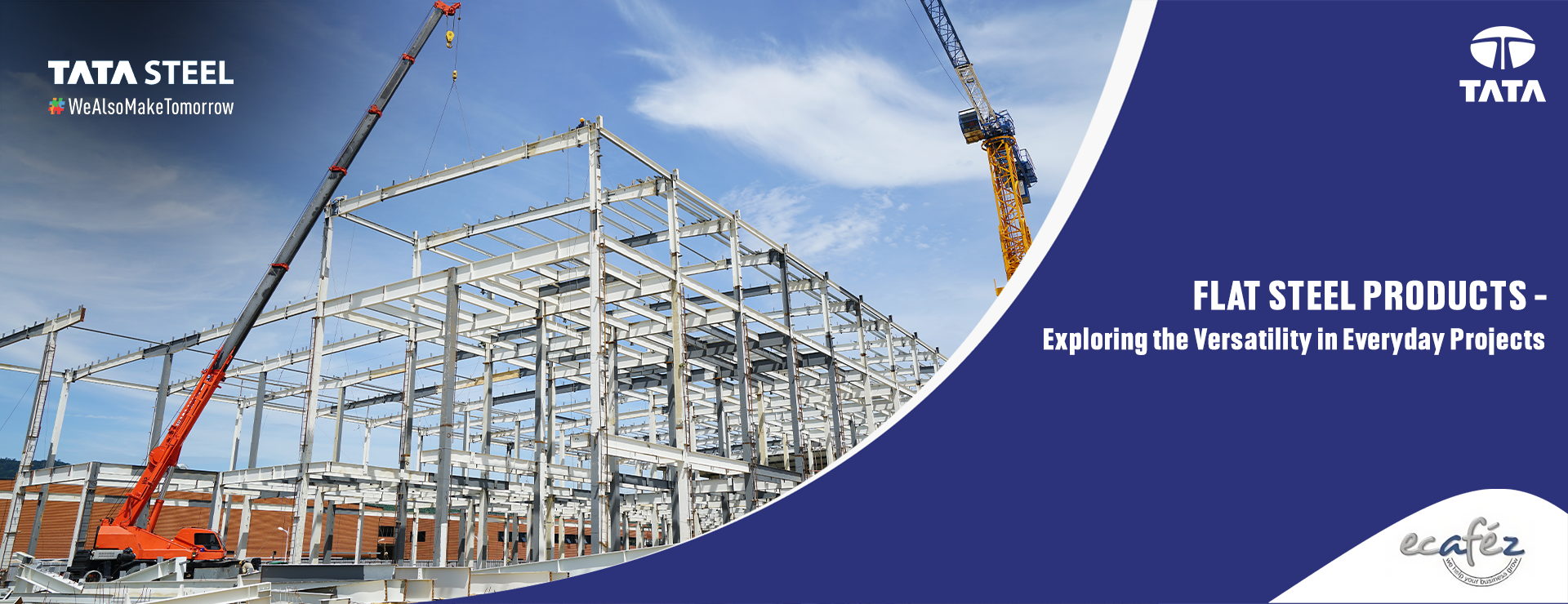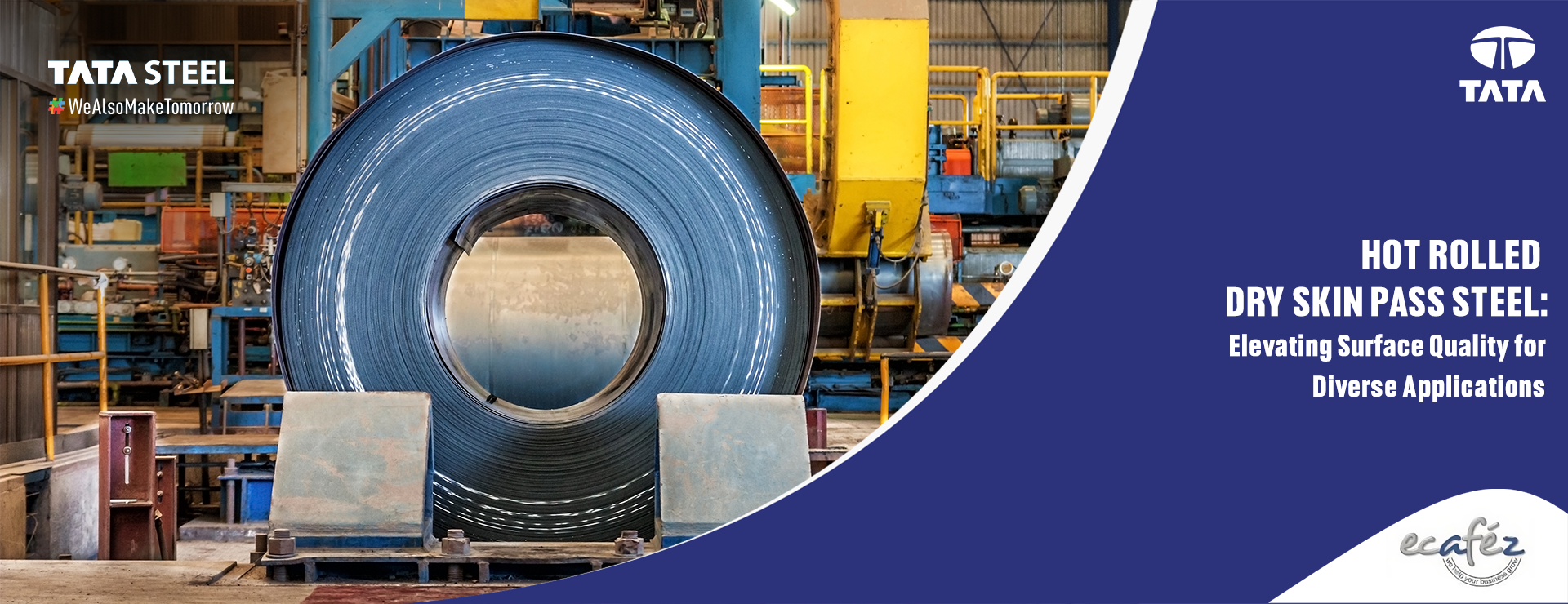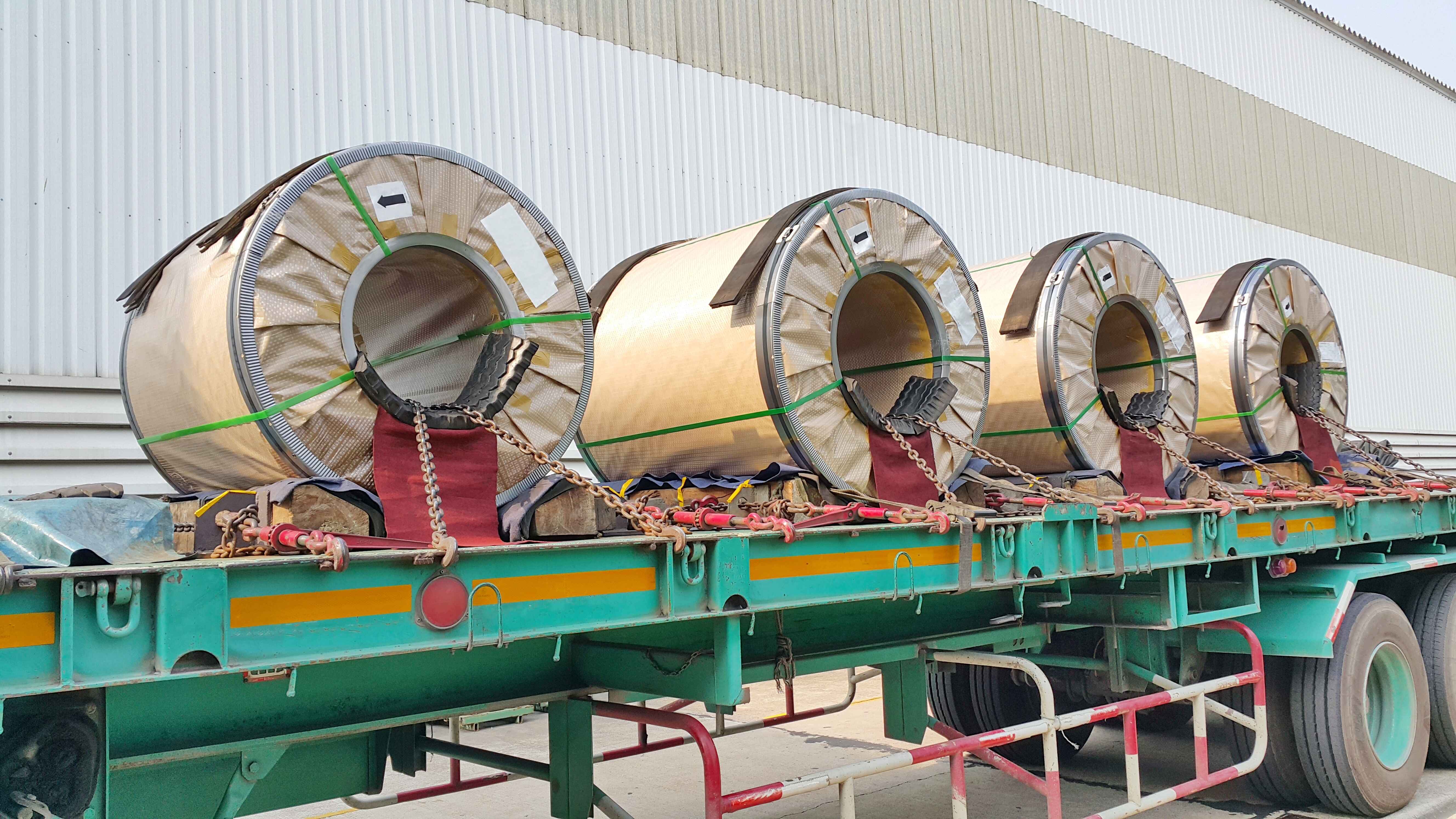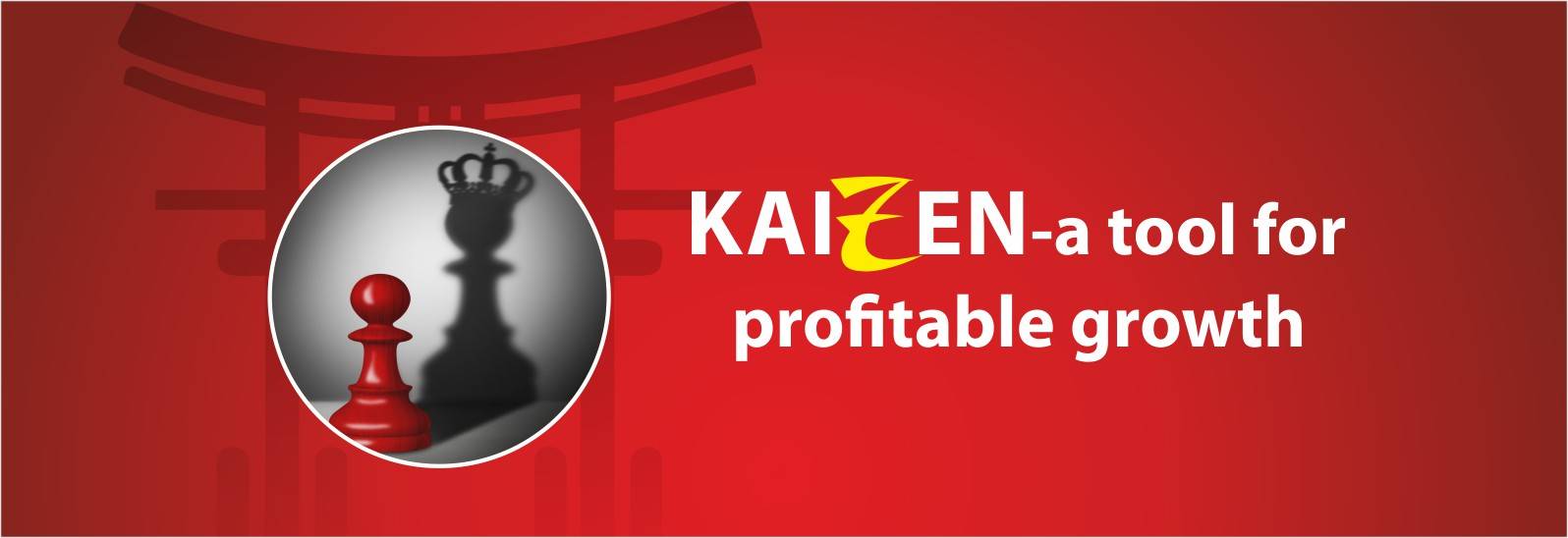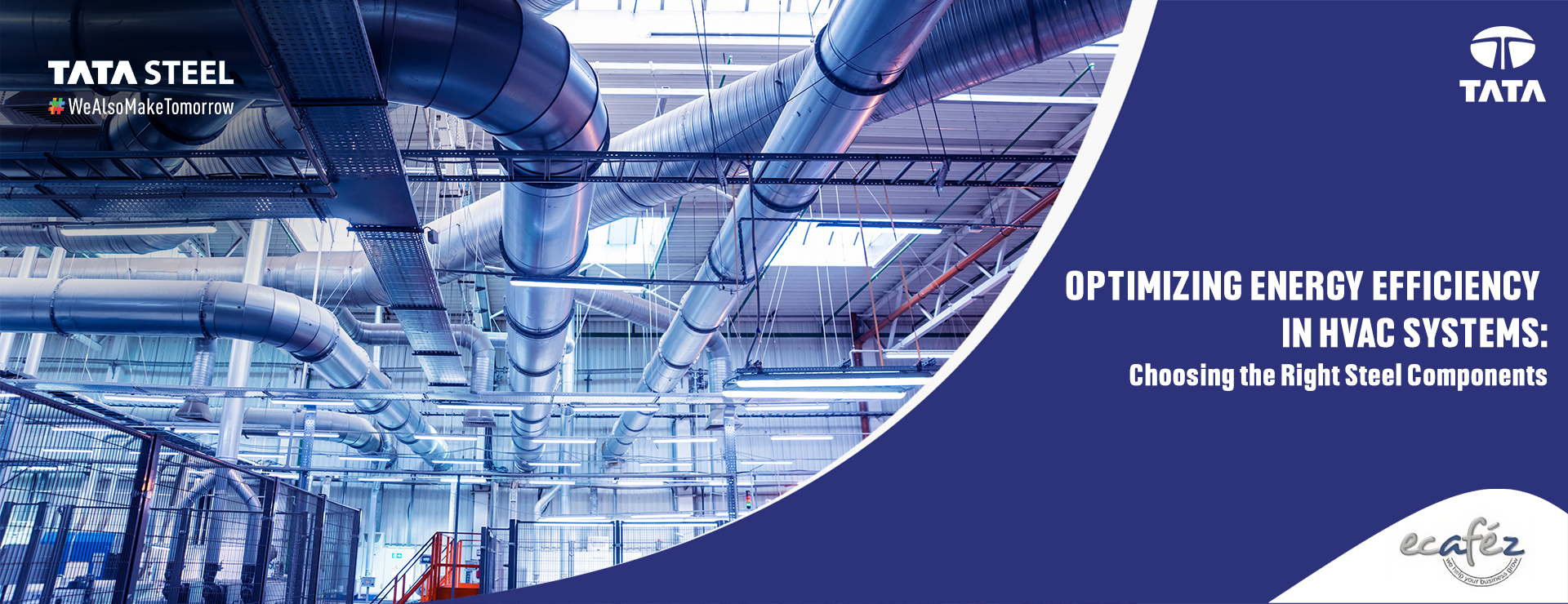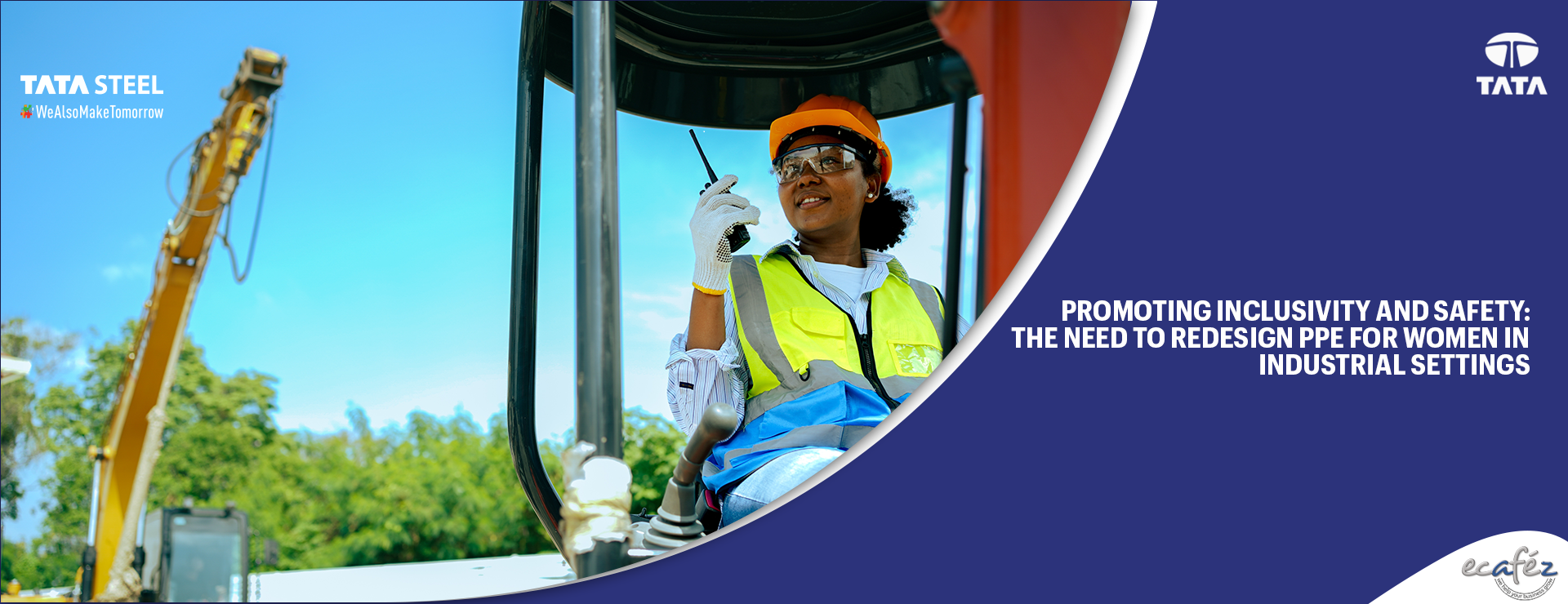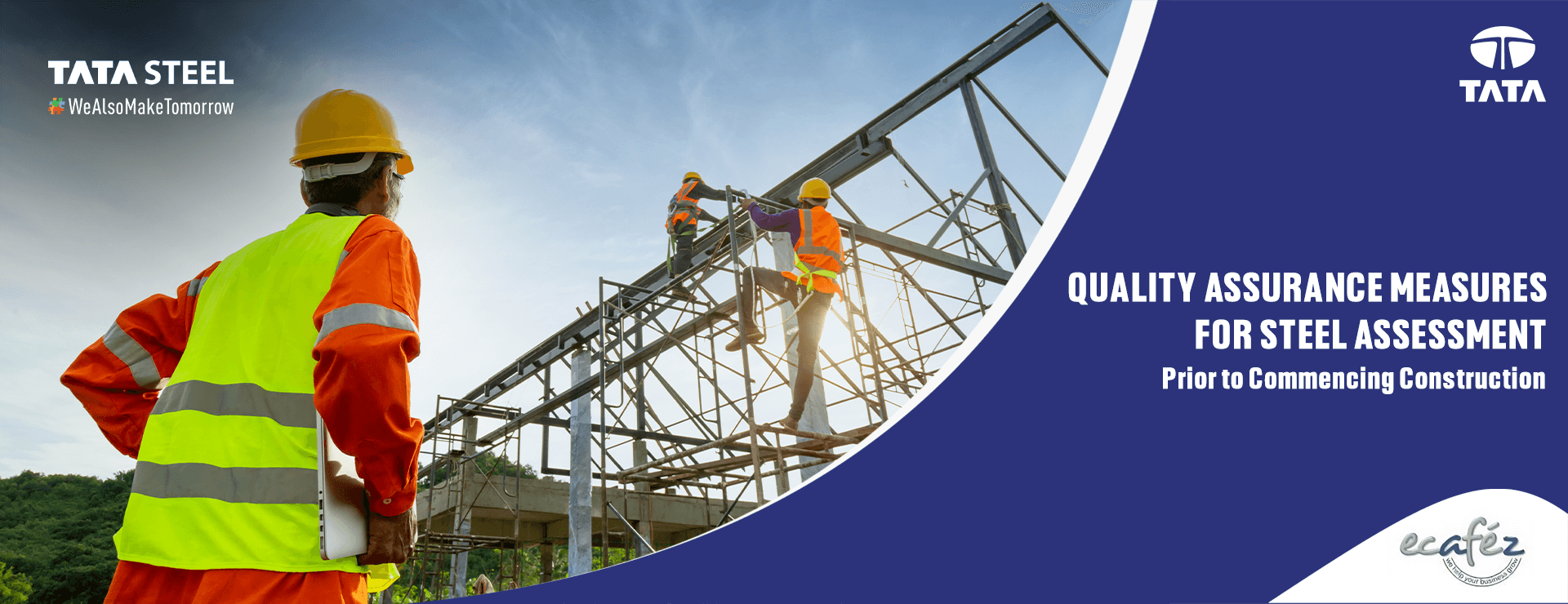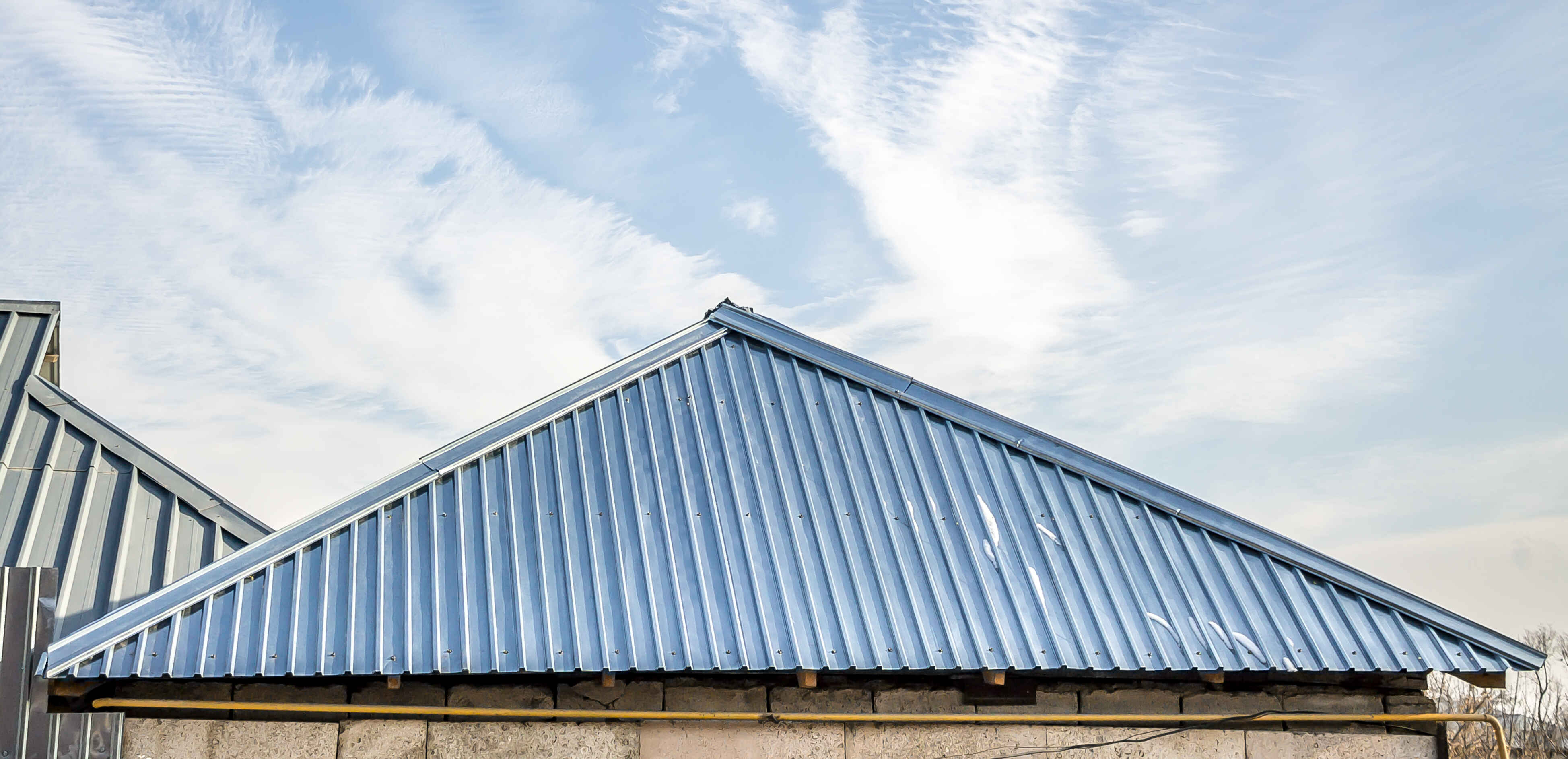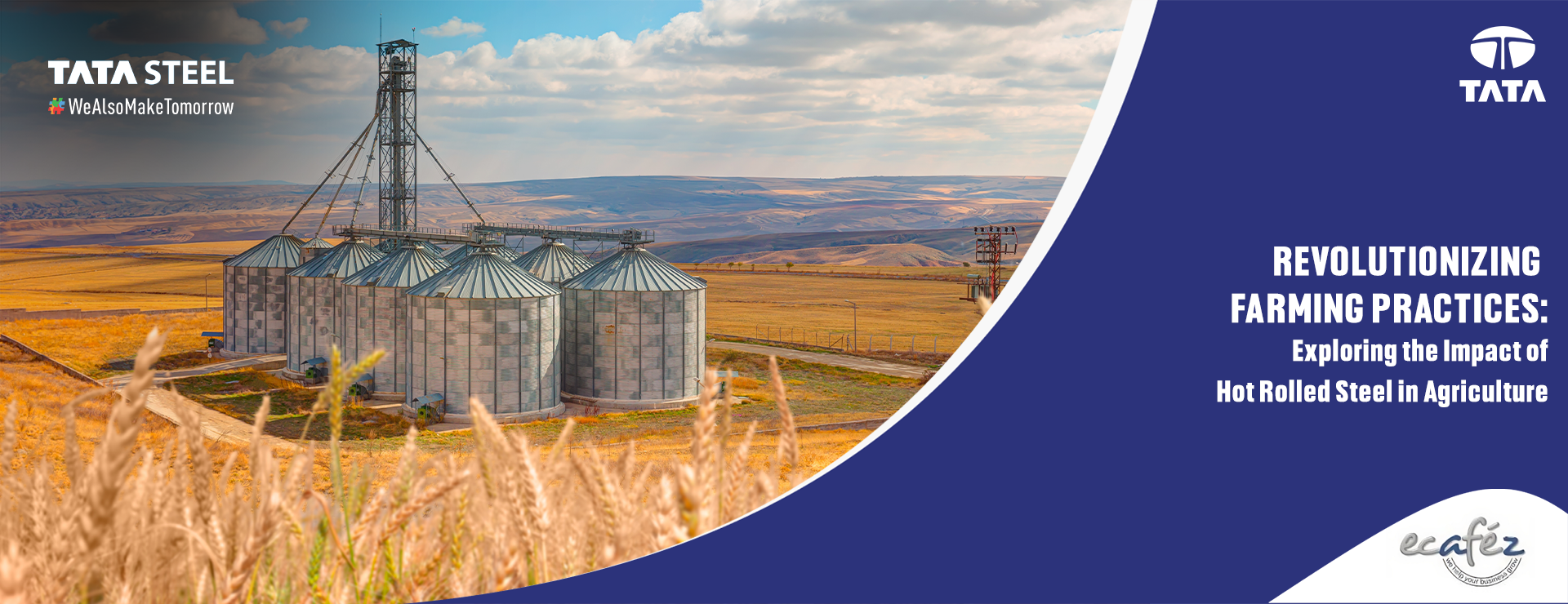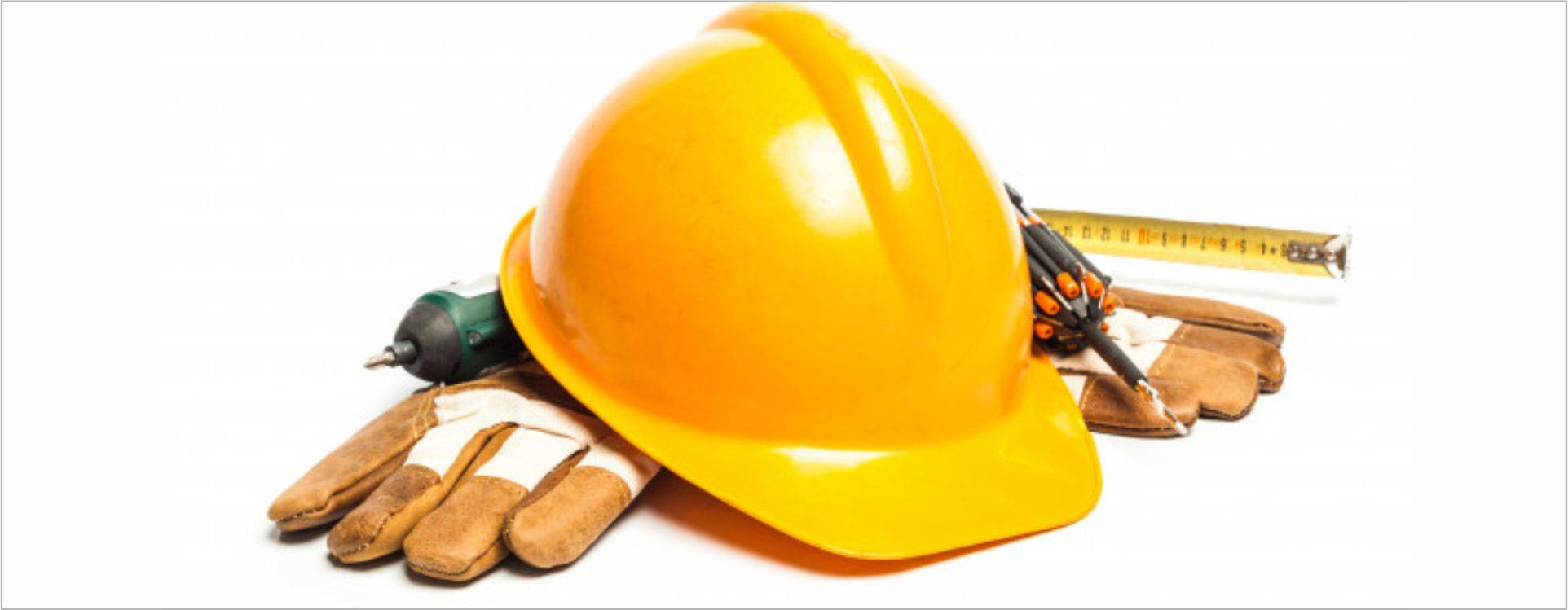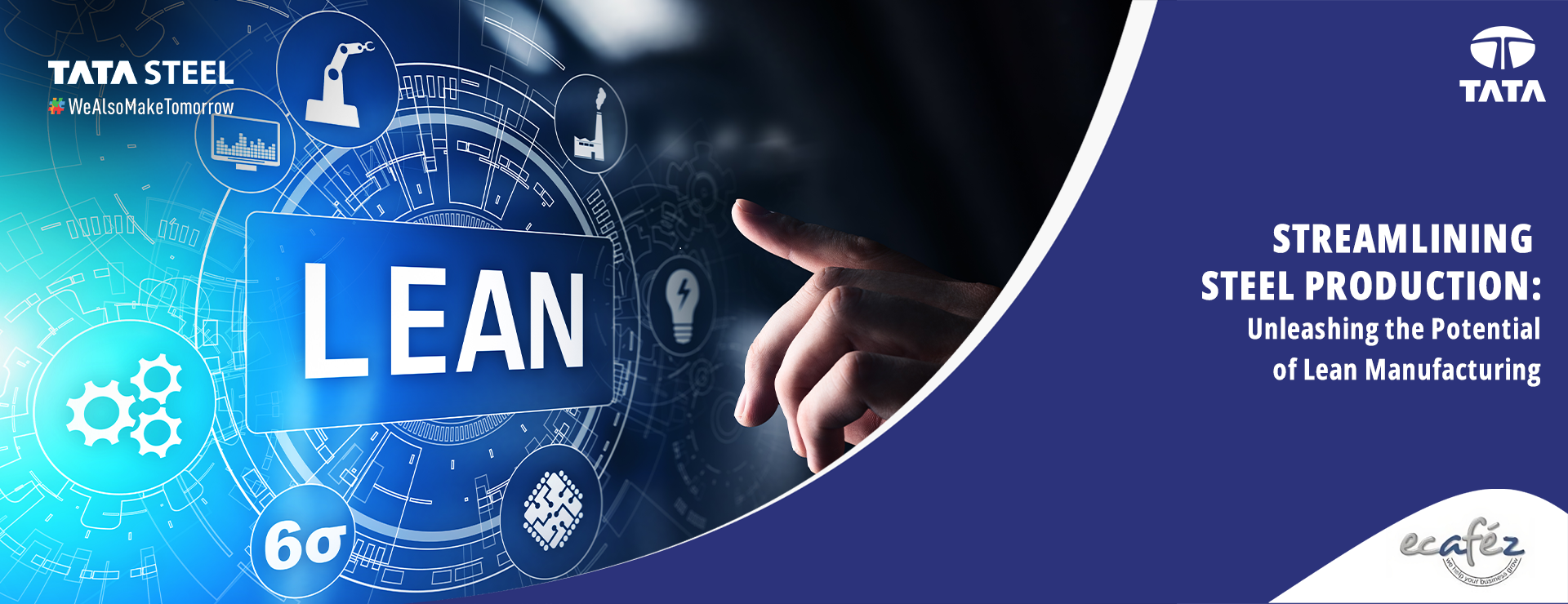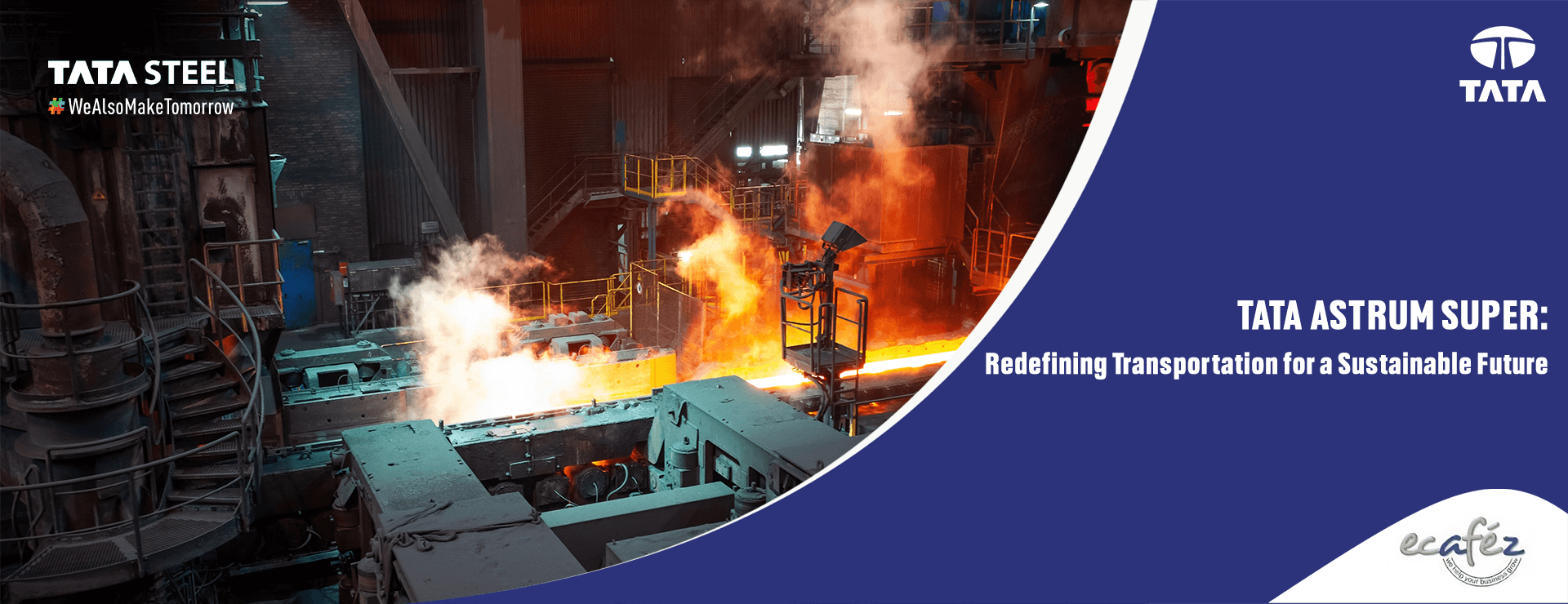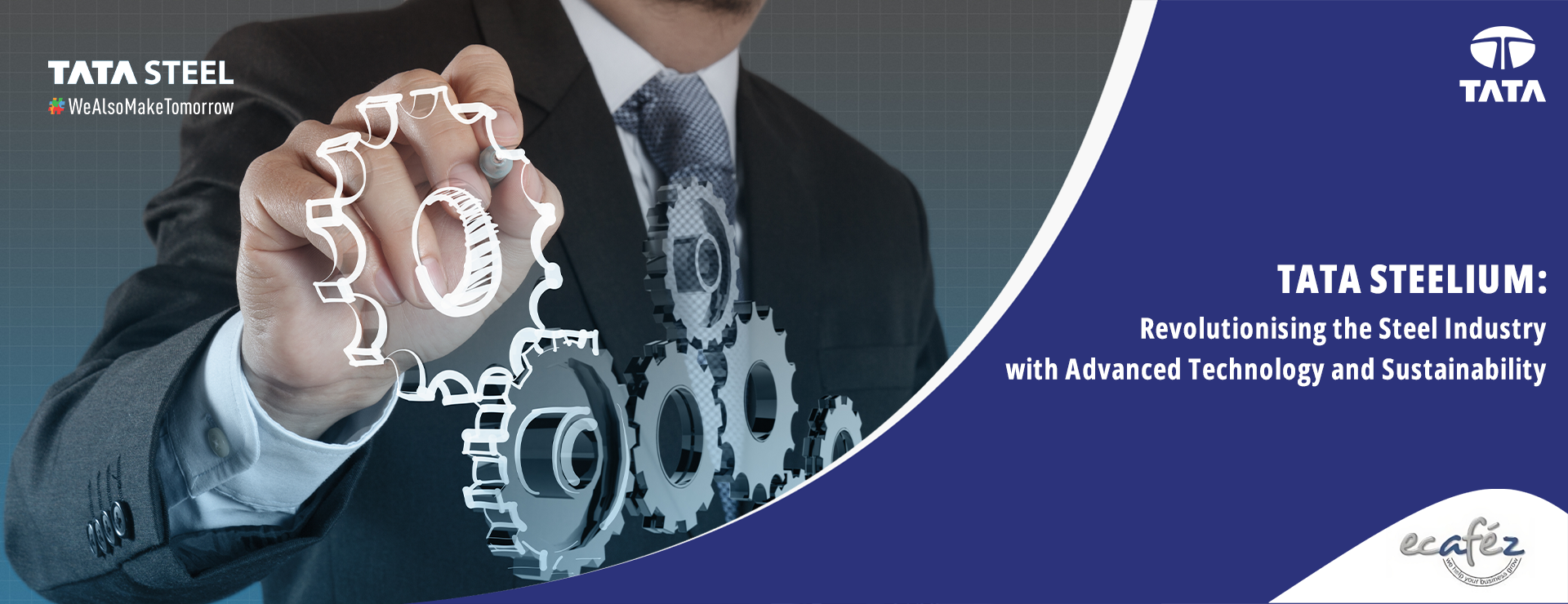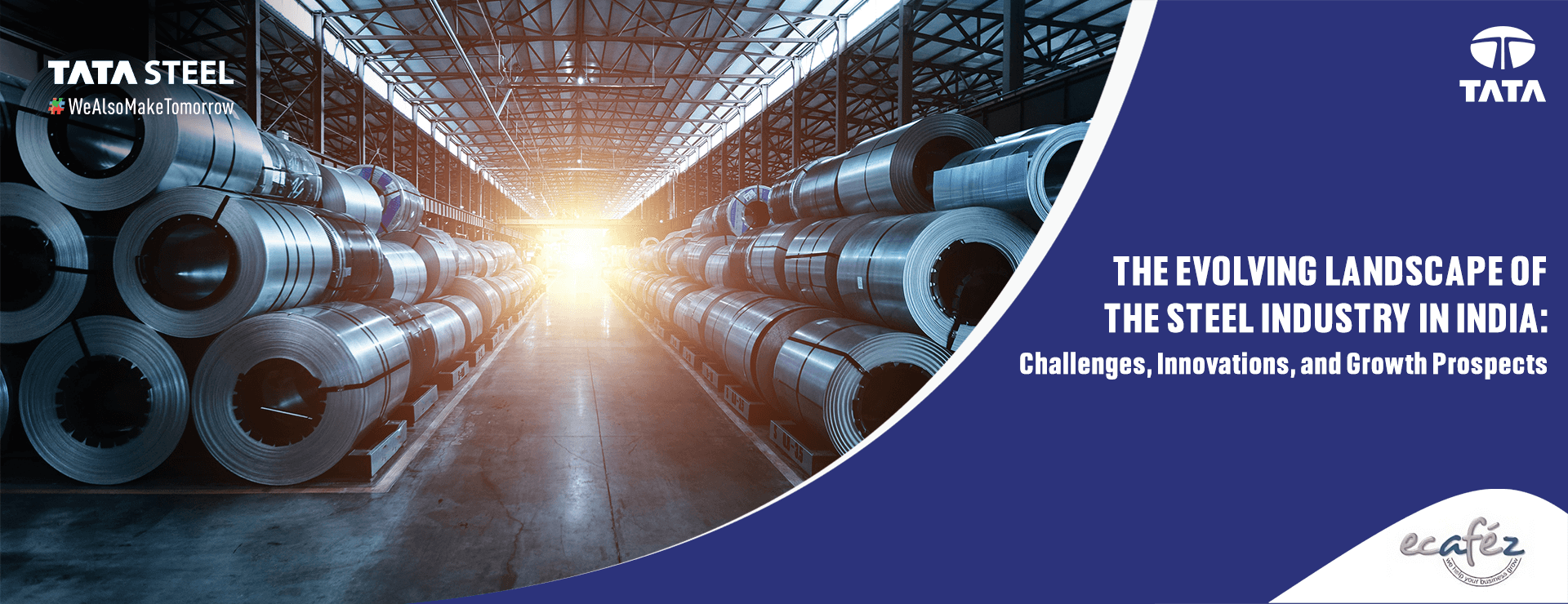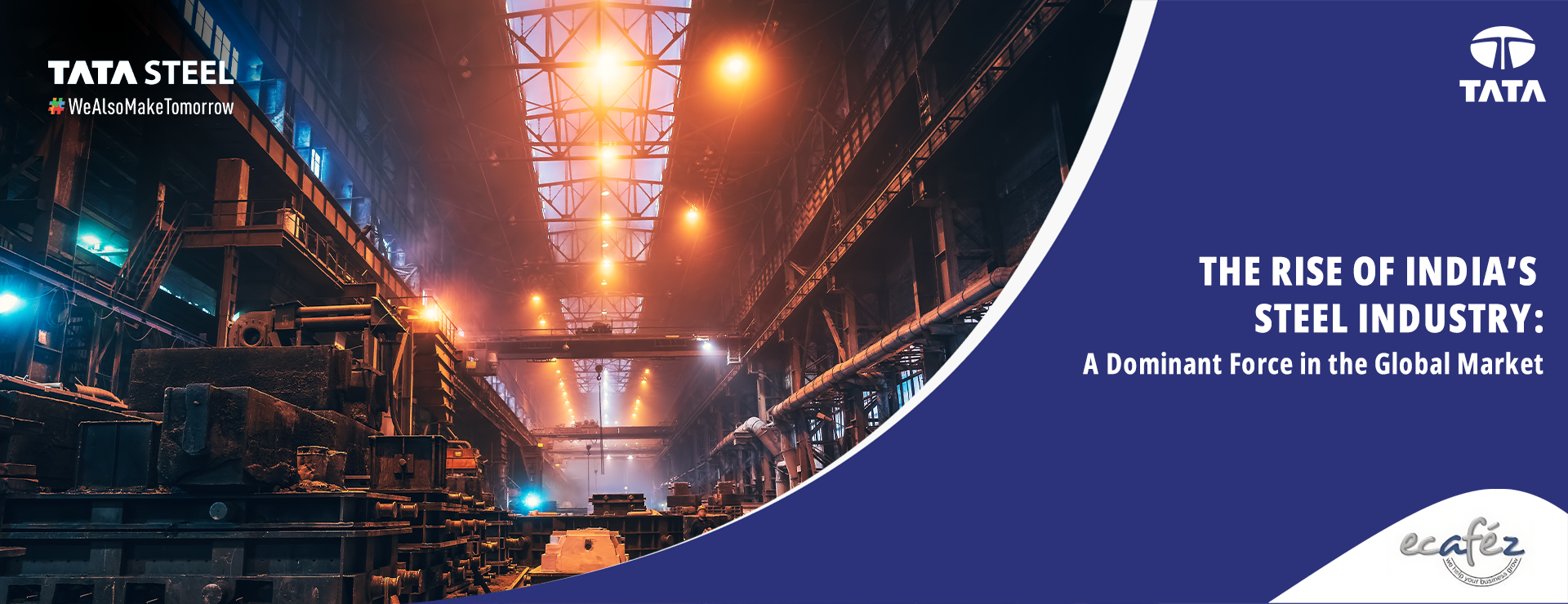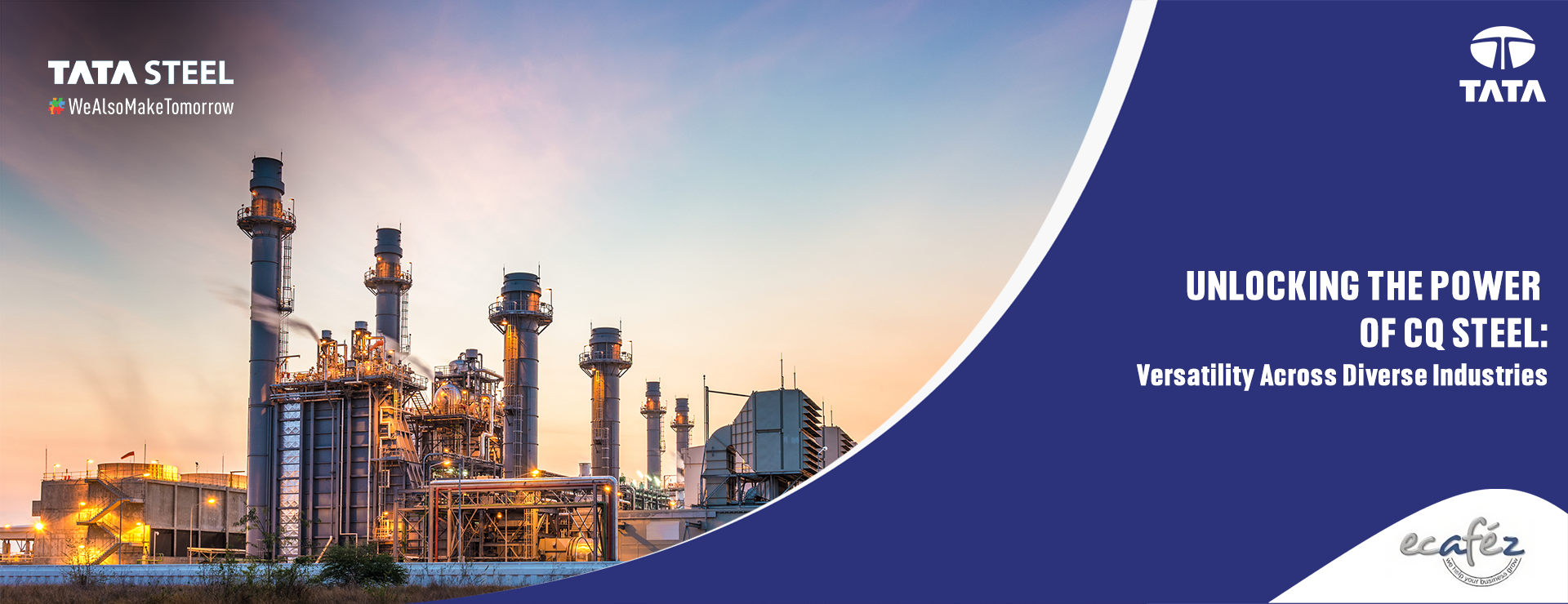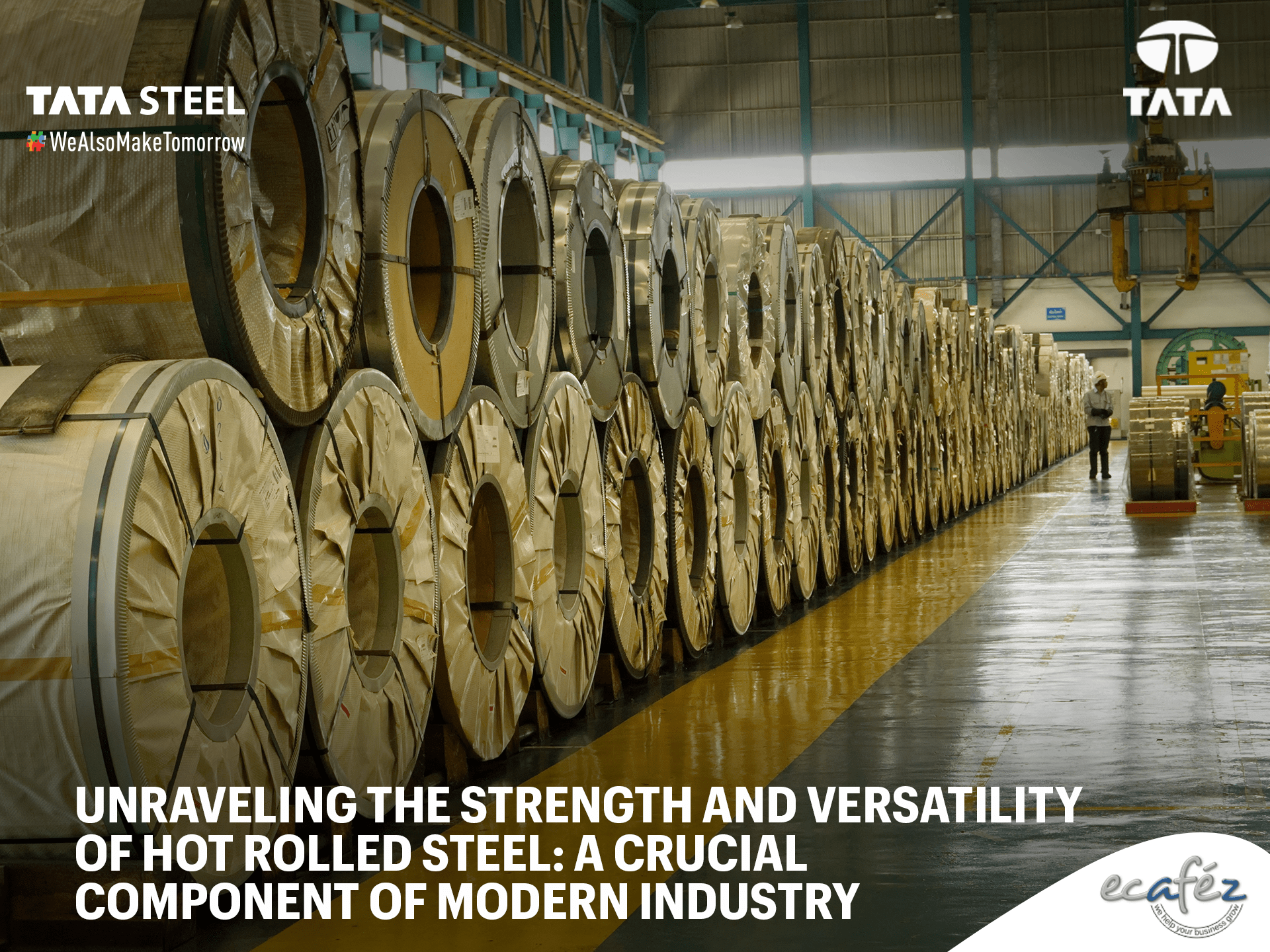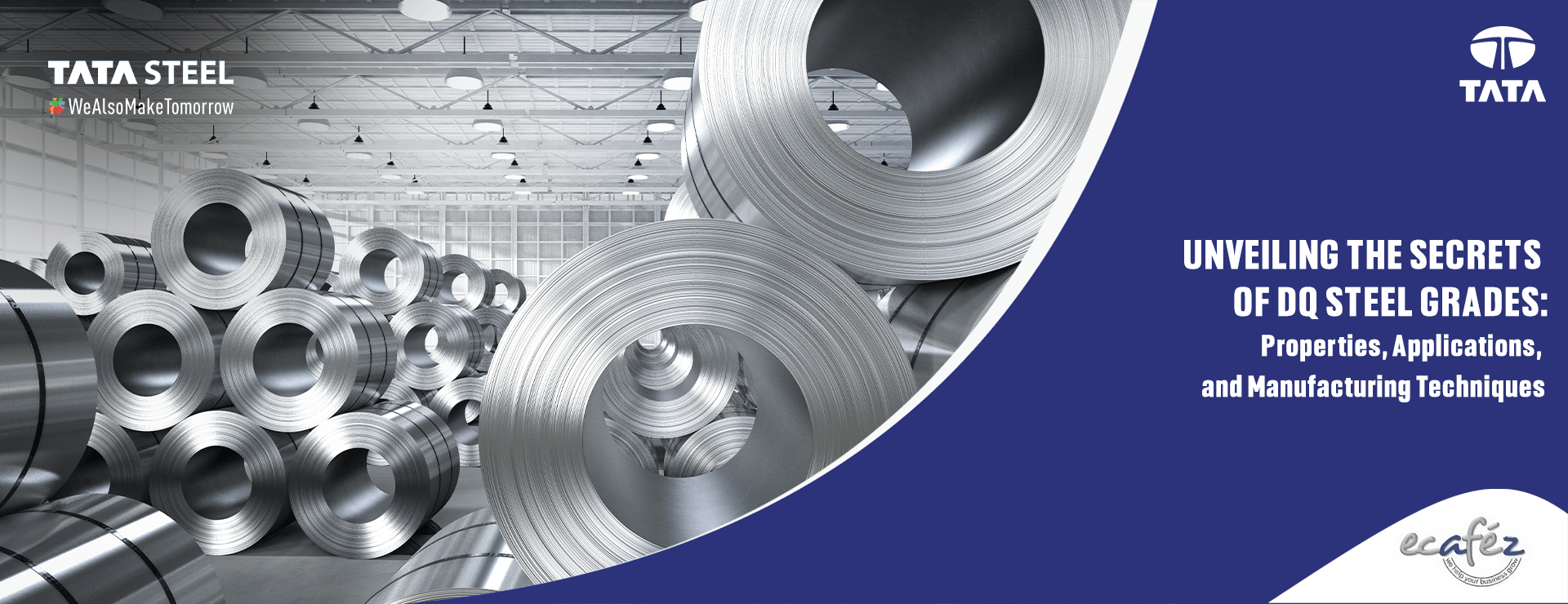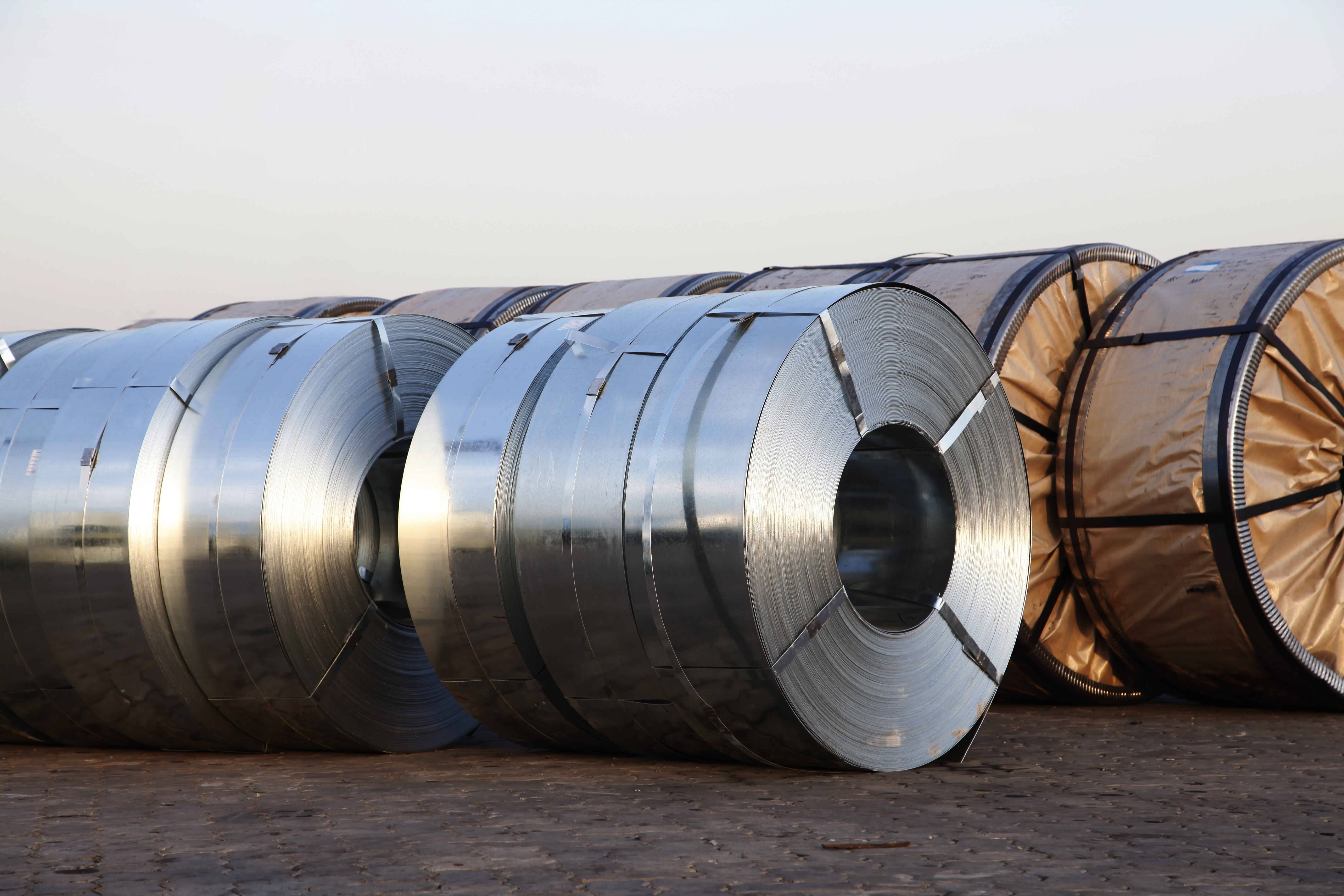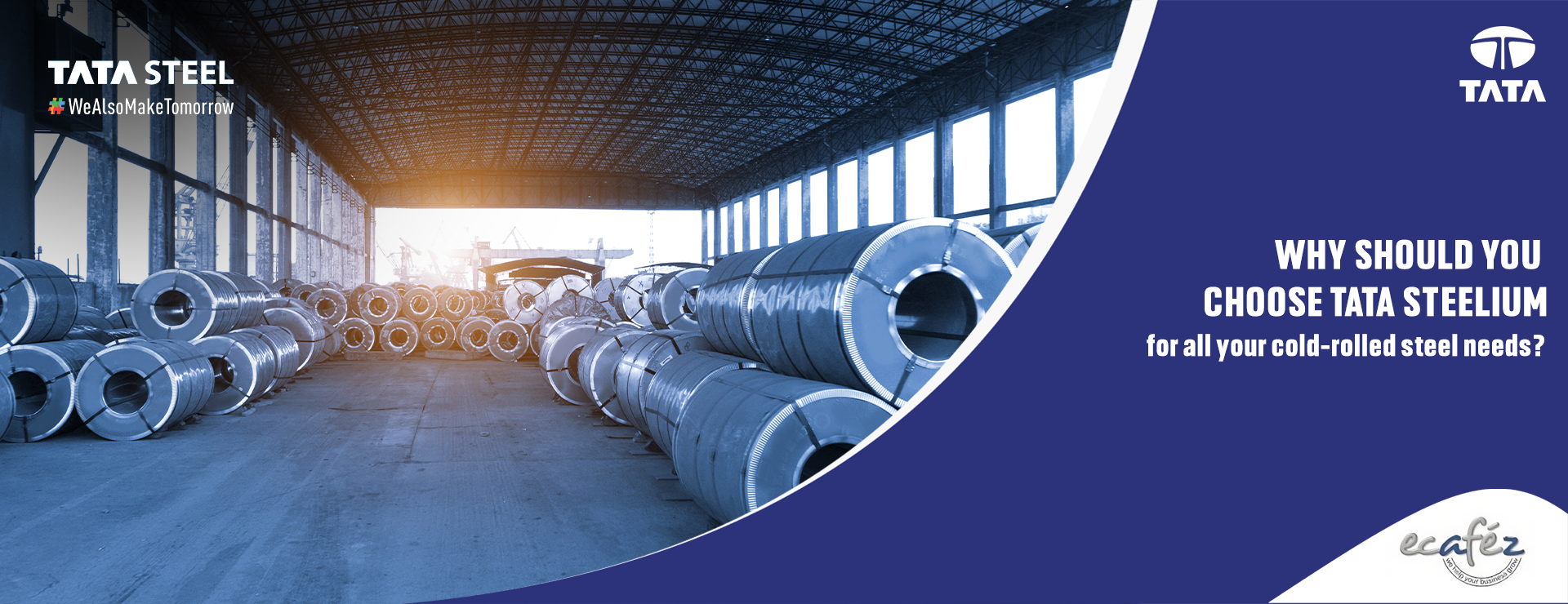In an era where the urgent need for sustainable development is more apparent than ever, various industries are seeking innovative solutions to reduce their environmental impact. Among these, the steel industry stands out as a sector with significant carbon emissions and resource consumption. Green steel, also known as steel green or green steel technology, has emerged as a promising avenue to address these challenges. Metal recycling plays a vital role in this sustainable approach, offering a multitude of benefits that go beyond reducing CO2 emissions.
Why do steel industries need to adopt sustainable practices?
On an annual basis, the iron ore and steel industry accounts for around 8% of global CO2 emissions. This staggering figure alone highlights the urgent need to adopt sustainable practices within this sector. Furthermore, in a country like India, where industrial growth is booming, the iron ore and steel industry contributes a significant 12 percent to the total CO2 emissions. These statistics underscore the necessity for transformation within this industry, emphasizing the importance of sustainable alternatives such as metal recycling.
Understanding Metal Recycling and its Impact
Metal recycling, in its essence, refers to the process of collecting, sorting, and processing scrap metal to create new products. This approach not only conserves natural resources but also significantly reduces energy consumption and greenhouse gas emissions. Here are some key aspects that highlight the vital impact of metal recycling:
Resource Conservation:
Metal recycling is a crucial step toward preserving our planet's finite resources. By reusing scrap metal, we minimize the need for extracting and refining raw materials, such as iron ore and bauxite. This conservation of resources ensures their availability for future generations while reducing the environmental impact of extraction processes.Energy Efficiency:
The production of new metals from recycled materials requires substantially less energy compared to the extraction and refining of raw materials. For example, producing steel from scrap metal uses around 75% less energy than producing it from iron ore. This energy efficiency translates into a significant reduction in greenhouse gas emissions, helping combat climate change.Waste Reduction:
Metal recycling also plays a crucial role in waste management. By diverting scrap metal from landfills, it reduces the burden on these sites while minimizing the release of harmful pollutants into the environment. Furthermore, recycling scrap metal reduces the need for new landfills, conserving valuable land resources and also supporting the production of more green steel.Economic Opportunities:
The metal recycling industry not only offers environmental benefits but also contributes to the economy. The recycling process generates employment opportunities across various stages, from collection and sorting to processing and manufacturing. Additionally, the market for recycled metals creates a sustainable supply chain that supports numerous industries, including construction, automotive, and manufacturing.Circular Economy:
Metal recycling is an integral part of the circular economy concept. By closing the loop and reintroducing recycled metals into the production cycle, we create a system that minimizes waste and maximizes resource efficiency. This approach fosters a sustainable and resilient economy, reducing dependence on finite resources and promoting long-term viability.
What is green steel production and why is it becoming the need of the hour?
As mentioned earlier, metal recycling, particularly through the use of electric arc furnaces, is a key component of green steel production. Steel is the most important metal we often see in our daily lives, from cars and household items to industrial-level construction projects. Approximately 75% of steel is currently manufactured using coal-fired blast furnaces, releasing significant amounts of carbon dioxide into the atmosphere.
Green steel aims to minimize carbon emissions and environmental impact by adopting sustainable and low-carbon methods of steel manufacturing, such as hydrogen-based direct reduction and the use of biomass-based reducing agents. Incorporating recycled metal into the steel production process further reduces the need for raw materials and decreases overall energy consumption, contributing to a more eco-friendly steel industry.
How is Tata contributing to green steel production?
Tata Steel is the first steel manufacturer in India with GreenPro-certified steel products. They emphasize metal recycling, utilizing electric arc furnaces to incorporate scrap steel into production, thus conserving energy and resources. These initiatives align with their commitment to environmental sustainability and play a crucial role in advancing the green steel industry. All the brands under the umbrella of Tata Steel are highly qualified, researched, and tested by experts.
How can Ecafez help?
Ecafez, as a provider for business owners and SMEs, actively contributes to economic development. Their range of top-quality products and services is tailored to cater to specific needs, offering diverse and world-class solutions. With 24/7 customer support, their dedicated team guides and advises users throughout their journey. Ecafez's mission is to help individuals achieve their desired goals and progress further. Join them in their growth journey.
